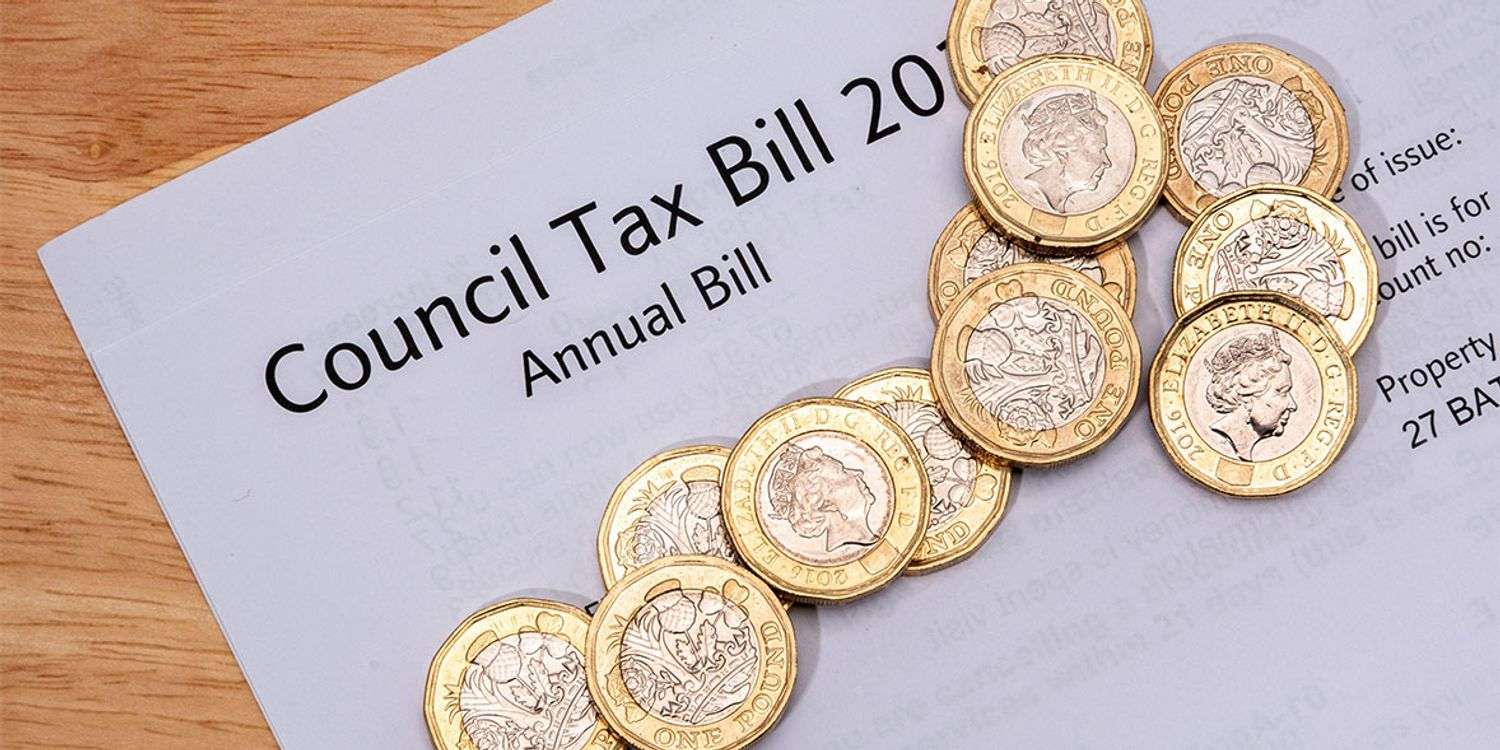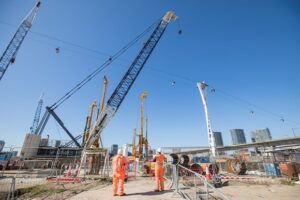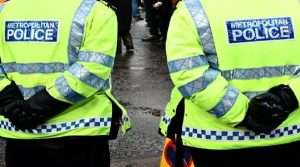Londoners in almost half of the capital’s boroughs will from April pay average council tax bills higher than £2,000 per year.
In the latest cost of living blow, residents in 15 of London’s 33 local authorities will be charged the amount if they are living in Band D properties or higher.
Eight boroughs were already charging Band D households – used as the benchmark to compare council tax rates – above £2,000: Bexley, Croydon, Harrow, Havering, Kingston, Richmond, Sutton and Waltham Forest.
They have now been joined by residents in Barking and Dagenham, Brent, Camden, Enfield, Haringey, Lewisham and Redbridge.
The highest bill will be in Kingston, charging £2,374.32, followed by Croydon (£2,366.91) and Harrow (£2,286.32).
The cheapest will be found in Wandsworth, which has frozen the main element of its council tax, leaving residents with a standard bill of £961.14. The bill does however include an increase to the council’s adult social care levy, meaning an increase for Band D residents of £9.74 compared with last year.
The second-cheapest Band D bills will be in Westminster (£973.16), followed by Hammersmith and Fulham (£1,386.77).
Kingston’s Liberal Democrat leader Andreas Kirsch said his council “had to take difficult decisions about how to allocate the finite resources available” and that the authority is “working harder than ever to find even more cost effective ways of providing the best possible services to residents”.
London Councils, the cross-party body representing the capital’s boroughs, said after Chancellor Jeremy Hunt’s budget earlier this month that they were continuing to face a “relentless squeeze” on their funds.
The group’s Labour deputy chair, Claire Holland, said: “Overall, we are left with little short-term relief and certainly no long-term solutions to the crisis in council finances.
“The fundamental factors driving this are the fast-rising levels of demand for services and the substantially reduced levels of resources available to us. Boroughs will continue to call for urgent reform of the local government funding system.”
The Government has said that it “recognises councils are facing challenges”, adding: “That is why we announced an additional £600m support package for councils across England, increasing their overall funding for the upcoming financial year to £64.7 billion – a 7.5% increase in cash terms.”
Council tax bills include a portion which goes to the borough council, and a portion to City Hall. Boroughs’ increases to their portions are capped at 4.99 per cent – with any annual rise above that amount requiring a local referendum to be held.
Almost every London borough opted for the maximum rise, but the Mayor of London has no such limit when increasing their part of the bill. Mayor Sadiq Khan announced in December an increase to his portion of 8.6 per cent.
It represents a rise for Band D households of £37.26 to £471.40 – almost £200 more than when Mr Khan, who is seeking a record third term in office, first came to power in 2016.
Of the £471.40 City Hall precept, £305.13 will be spent on the Met Police and £166.27 on the London Fire Brigade, Transport for London, and running City Hall.
The Labour mayor said he was being forced to again raise his portion due to a “lack of Government funding”, despite admitting the tax is “regressive” and causes disproportionate financial pain for poorer Londoners. His Tory mayoral rival Susan Hall said he was “treating Londoners like walking cash machines”, pointing out that he has raised his share of bills by 70 per cent since being elected.






